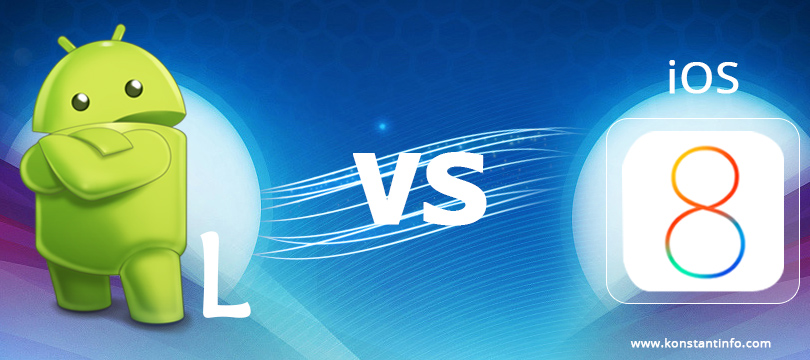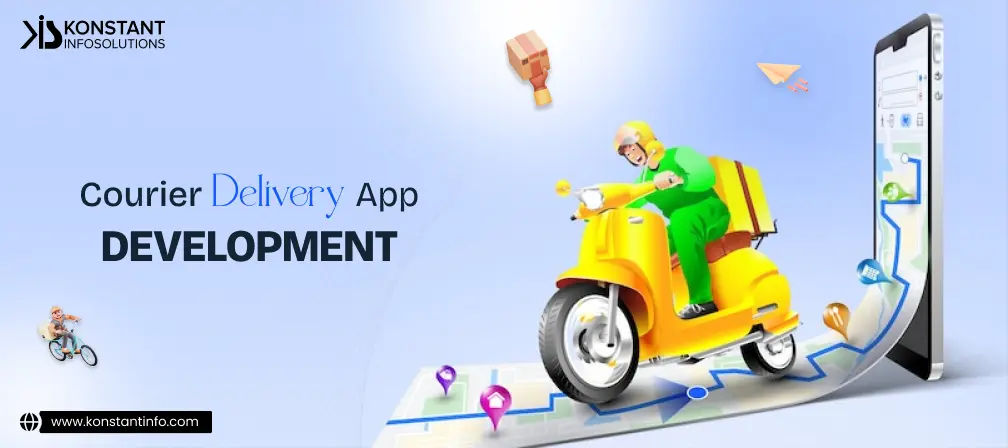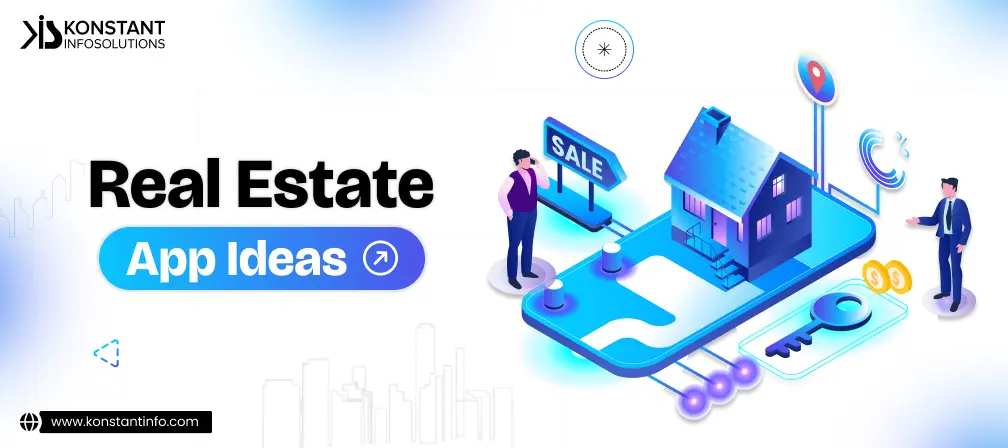
Big things are happening in the world of both Google and Apple. The battle for best mobile platform is very heated indeed with the upcoming release of iOS8 and Android L. Both mobile OS providers have put on a great show at their respective showing; the WWDC 2014 and the I/O 2014, respectively. Apple recently showcased the iOS8 at the WWDC 2014 while Google displayed the Android L (known to some as Android 5.0) at the I/O 2014, amidst much cheer for both operating systems. Here is a comparison between iOS8 and Android L.
The name of the game is – UI. Both Google and Apple have whole-heartedly accepted the minimalist, flat design for their UIs as part of the new trend in mobility. While Apple has retained mostly all of the looks of iOS7, Google has decided to revamp its looks with their new “Material Design” look that encourages uniformity across all of Google’s platforms ranging from Chrome browser, Chromebooks and Android wear.
Material Design brings in more exuberant colors with a focus on clean spaces that provides users with a clean and fresh look, consistent across all Android powered products. The new UI also showcases increased animations for touch effects and app switching. There is also a hint of deeper shadows that give off a 3D feel along with changes to the typography. From the looks of it, Google seems to have taken much from Apple’s iOS6 and iOS8 with Apple staying put at the UI end of things.
Both Google and Apple seem to have a shared penchant for notifications this year, with both giants up-dressing their notifications to provide users with seamless interactivity among apps. Android L and iOS8 both feature a new notification system that allows users to interact with the notifications directly via the lock screen. Apple has taken clues from Android and added discreet pop-ups at the top of the screen in apps while Google has rearranged the notifications based on relevancy. This means the notifications are now displayed based on your past activity with the system.
Google has also revamped their authentication systems by providing users with the option to unlock their phones automatically via location awareness systems and attached Bluetooth devices. The new system unlocks your phone automatically in the presence of previously registered Bluetooth devices or upon entering certain locations that are designated safe zones by the user.
Battery consumption has been improved on both operating systems with Google taking the lead with its ‘Project Volta’. Android has already been offering a detailed view of what, where and how your precious battery is being used, but takes it up a notch with Project Volta. It offers users a greater depth of information on where the battery is being drained while also providing a highly useful power saver mode that lets users tweak the OS to extend battery life.
While Apple is yet to feature a battery saver mode similar to Android, it is at least offering users the ability to view where and how their battery is being consumed.
Seamless connectivity is the new ‘in’ thing with both Android L and iOS8. Apple recently showed off its ‘Handoff’ feature that allows users to seamlessly carry forward activities to and fro from their Apple devices. This means that if you’re working on a mail on your Mac, you can leave it at any point and pick it up from your iPhone or iPad thanks to Handoff. This feature saves your work on the cloud giving you the ability to pick up where you left off on any of your Apple devices. Apple has gone a step further and even given users the ability to transfer their calls from their iPhone to their Mac!
Google has gotten on the seamless connectivity train as well with Android L, but still lacks the ingenuity of Apple’s Handoff feature. Android L will let users unlock their Chrome OS devices automatically in the presence of their Android powered smartphone, while also inter-connecting the device notifications to display notifications like incoming messages, mails and warnings on the laptop.
Apple has finally decided to loosen up a bit with the new iOS8 and provide developers with access to over 4,000 new APIs. This is great news for most users as they will finally get access to some of the popular third-party software like Swype keyboard that have been prevalent in Android since the beginning. Apple also introduced the new Swift programming language that is to replace their older Objective C to help developers lower their error rates while improving performance. The best news is that Swift and Objective C can work side-by-side, giving developers to start using Swift immediately on their existing projects.
While Apple has been borrowing from Google, Google is doing exactly the same. Android L finally provides support for 64-bit processors, which was introduced by Apple in iOS7. It also offers more than 5,000 new APIs, which is a full grand more than Apple.
Both Android L and iOS8 bring with them a host of new changes that so far seem to have only good things to say about their respective owners. Both operating systems are available on a limited basis to developers for beta testing, which will bring in more information on their capabilities, changes and drawbacks. If you take a step back however, and look at the bigger picture, it seems that Apple is borrowing from Google while Google picks up from Apple, which makes it hard to say exactly which update will come out on top and please the users more.
Our expertise in mobile app development has allowed us to gain a keen grasp on development strategies for both the new comers. Contact us for top notch Android L or iOS8 development.



Vipin Jain is the Co-Founder and CEO at Konstant Infosolutions and is in charge of marketing, project management, administration and R&D at the company. With his marketing background, Vipin Jain has developed and honed the company’s vision, corporate structure & initiatives and its goals, and brought the company into the current era of success.
Or send us an email at: [email protected]